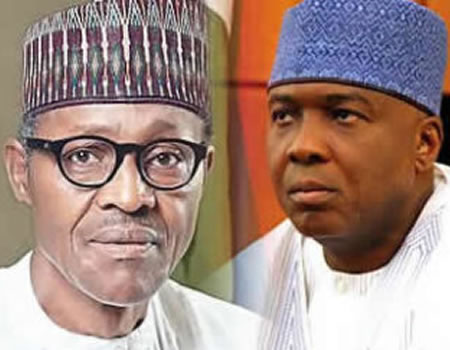The total transaction turnover declared in the Investors & Exporters (I&E) FX window between Monday 27, November to Friday 8, December 2017, amounted to $1.86 billion, showing a decline of $316.1million from the total value of $2.17 recorded during the same period of Monday 13, November to Friday 24 of the same month, The Daily Times findings showed.
The Nigeria’s local currency, however, closed on the last trading day of last week at a steadied rate of N363 to the US Dollar, but relapsed against the Pound sterling and Euro at a depreciated rates of 482 and 427 against 480 and 426, traded respectively, at the parallel segment of the forex market.
The breakdown of the exchanged value showed that the I&E FX window during the first week considered recorded transacted figure of $937.95 from 27 of November to 1st of December, compared to $1.06bn sold between 20 to 24 of November, represented total decline of $125.94m.
The I&E FX window, otherwise known as Nigerian Autonomous Foreign Exchange (NAFEX) window, declined further the following week with the traded figure of $925.53m from 4th to 8th of December, against a more better turnover of $1.115bn between 13 to 17th of November, 2017.
Although, forex dealers and financial experts opined that the autonomous forex window has boosted investors’ confidence, while helping in rebounding the Africa’s largest economy after exited from its worst recession in the recent time, further checks by The Daily Times, revealed that the autonomous window at the beginning of last month had recorded total amount of $387.73m in just three days, between Wednesday 1st of November to Friday ,3rd of the same month.
But the autonomous FX window recorded $14.69bn in four months, between July and September 2017, as Central Bank of Nigeria (CBN) continued to bridge the gap between parallel market and official market rates.
FMDQ OTC had reported that 10 commercial bank traded N70.88trn overall turnover on the FMDQ OTC Securities Exchange between January to September 2017. Meanwhile, the apex bank has defended the local currency with $4.8bn between July and October this year.
Data gathered by our correspondent revealed that the apex bank highest intervention in four months under review was $1.5bn in August, followed by $1.37bn in October. The CBN had defended the Naira with $1.2 billion and $727.5 million in September and July of 2017 respectively.
For the first three months, the CBN’s $1.37bn in October comprises $400million in wholesale; $200million in Small and Medium Enterprises (SMEs); $180million in invisibles; $306.3million in SMIS, and $285.70million in agriculture, airlines, petroleum, and raw materials segments.
In September, the apex bank injected $485million to Retail Secondary Market; SMEs, $300million; invisibles $255million and $200million, to wholesale segments The bulk of the disbursement totaling $561million in August was injected to the clearance of the backlog of matured foreign exchange obligations for raw materials and machinery for manufacturing companies, agricultural chemicals, and airlines – was for Retail Secondary Market Intervention Sales (SMIS), while the balance went to settling wholesale, $500million; SMEs, $235million, and invisible $200million.
Meanwhile, a week ago, the CBN weakened the naira marginally, selling dollars at 307 naira each for the first time on the official interbank market, in what traders say could signal a gradual move to merge its multiple exchange rates.
Nigeria’s convoluted exchange rate system has been used to manage what the CBN described as “frivolous” demand for dollars at the peak of a currency crisis which began two years ago.
The bank has sold $500,000 almost on daily basis on the official spot market since creating several exchange rates to alleviate dollar shortages. However, it had sold the currency at rates of between 305 naira and 306 naira for months before Monday’s move. Earlier this month, the bank sold dollars at 306 naira for the second time after maintaining a level of around 305 naira on the spot market for two months.




